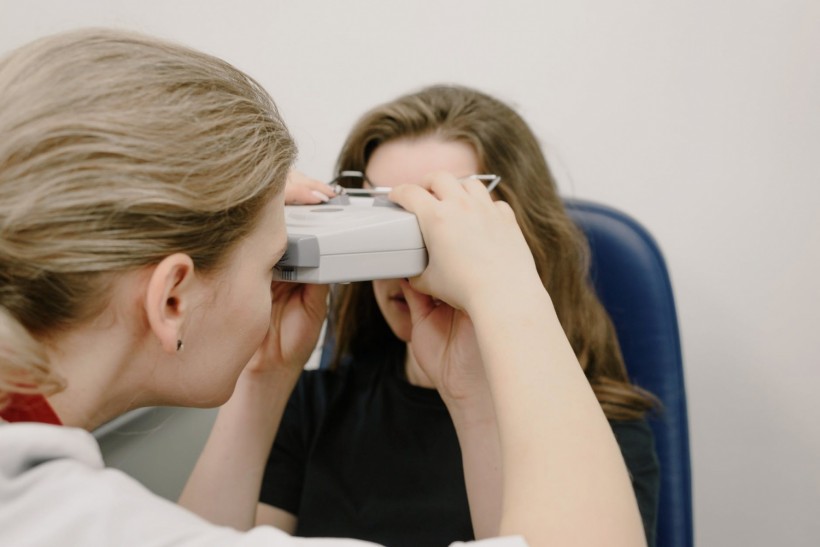Multifocal contact lenses come in various lens powers and are designed to target vision at multiple distances from the wearer. Generally, they are contact lenses that combine different prescriptions into a single lens. People with presbyopia, for instance, can benefit from an all-in-one lens since it helps to address age-related vision issues, such as when their eyes can no longer concentrate on items up close.
The common signs, that you might need multifocal lenses, include:
● Frequent headaches and eye strain
Do you have regular headaches while you read? Your eyes can suffer a lot of strain if they don't have the right strengths to adapt your vision, resulting in chronic headaches. If you notice a throbbing feeling behind your eyes regularly, it's a sign that you could require bifocal lenses.
● The quality of your vision and focus shift throughout the day
Many people's visual ability might alter throughout the day for a variety of reasons. Your phone may be very observable in the morning, but you may struggle to differentiate some objects in the evening. For some people, switching between different pairs of glasses might assist, but it emphasizes the need for bifocals as well.
● The constant need to adjust the distance between items to see
If you find yourself continuously changing the object or your position to see or read things clearly, this might put a lot of pressure on your eyes. If you rely on manipulating objects correctly to focus all of the time, you may end up hurting your eyesight and weakening it even more.
The Difference Between Bifocal and Multifocal Contacts
It's pretty easy to get mixed up between bifocal and multifocal contacts. However, it's important to note that two prescriptions are combined in a bifocal lens. Multifocal lenses are similar to progressive eyeglasses in that they include several focal points for distant, intermediate, and reading vision correction in each lens. Bifocal lenses are also sometimes classified as multifocal lenses.
Multifocal lenses are divided into three categories:
Concentric Multifocal Lenses: These lenses feature concentric circles and are designed to correct both distant and near vision.
Aspheric Multifocal Lens: Aspheric multifocals have no visible lines. The distance sight is in the center and constantly adjusts as you walk away.
Segmented Bifocal Lens: The distance prescription is situated on the lower half of the lens, similar to progressive eyeglasses, while the near prescription is located on the top half.
Prioritize Your Vision
As our eyes are so vital, taking proper care of them should always be a top concern and priority. If you detect any of these upper-mentioned three important indications of impaired vision, hurry up to schedule an appointment with your eye doctor to have them checked and treated. Switching to bifocal glasses or multifocal contacts can strengthen your vision, alleviate nagging headaches, and reduce eye strain while enabling you to maintain your vision. They will surely come in handy as you still want to experience all the beauty of life and surroundings, and your eye condition is not an excuse to miss out on it!
* This is a contributed article and this content does not necessarily represent the views of sciencetimes.com















